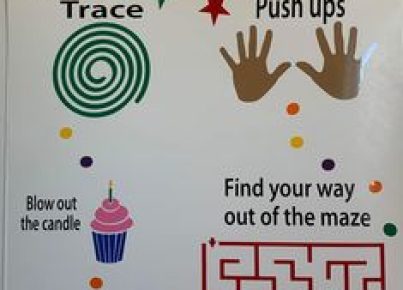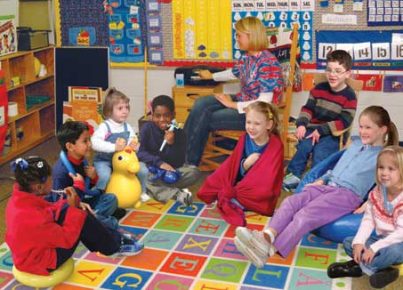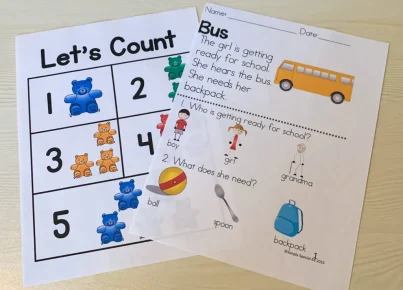Introduction
Every child has the right to feel safe, loved, and accepted. Children with disfigurements, regardless of the cause – congenital conditions, accidents, or illnesses – may face unique challenges and barriers in their daily lives. As parents, educators, and community members, we have the responsibility to foster an inclusive environment that actively supports each child’s physical, emotional, and social well-being.
Creating an inclusive environment for children with disfigurements involves raising awareness of their experiences and addressing potential sources of discrimination or exclusion. This article will provide guidance on how to create a supportive and empowering community for these children.
1. Promote Awareness and Understanding
The first step toward creating an inclusive environment is to educate yourself and others about the challenges faced by children with disfigurements. Inform yourself about various types of disfigurements and be prepared to explain them in age-appropriate terms. Teach your children empathy for others and encourage them to be compassionate toward their peers.
2. Encourage Open Dialogue
Open dialogue is essential for building an understanding and supportive community. Encourage children to ask questions and express their feelings about the topic in a respectful manner. This helps create a safe space where everyone feels comfortable discussing issues related to disfigurement without judgment or stigma.
3. Establish Clear and Inclusive Policies
Schools play a significant role in fostering inclusion and should establish clear policies that address any form of discrimination or exclusion based on appearance. Implement strategies to prevent bullying and support interventions that address this issue effectively when it arises.
4. Provide Physical Accommodations
Children with disfigurements may have specific needs related to accessibility, mobility, or care. Make sure your community spaces are accessible for all by providing ramps, elevators, adaptive learning tools, or other necessary accommodations.
5. Promote Inclusive Language and Behavior
Thoughtful language and behavior help set a respectful and inclusive tone. Encourage children and adults to use person-first language (e.g., “a child with a disfigurement” instead of “disfigured child”) and refrain from using derogatory or stigmatizing terms. Foster an environment where all children are encouraged to participate in activities regardless of their appearance or differences.
6. Celebrate Diversity
Inclusion means recognizing and celebrating the diverse qualities that make each person unique. Organize events that celebrate the achievements of people with disabilities, including individuals with disfigurements, and share stories of perseverance and strength. This helps foster a sense of belonging and allows children to embrace their unique identities with pride.
Conclusion
Creating an inclusive environment for children with disfigurements requires ongoing commitment and thoughtful consideration. By promoting awareness, understanding, open dialogue, clear policies, physical accommodations, inclusive language, and celebrating diversity, we can build a robust support system that nurtures every child’s growth and development. Let’s work together to create an empowering community where all children thrive irrespective of their appearance or differences.





